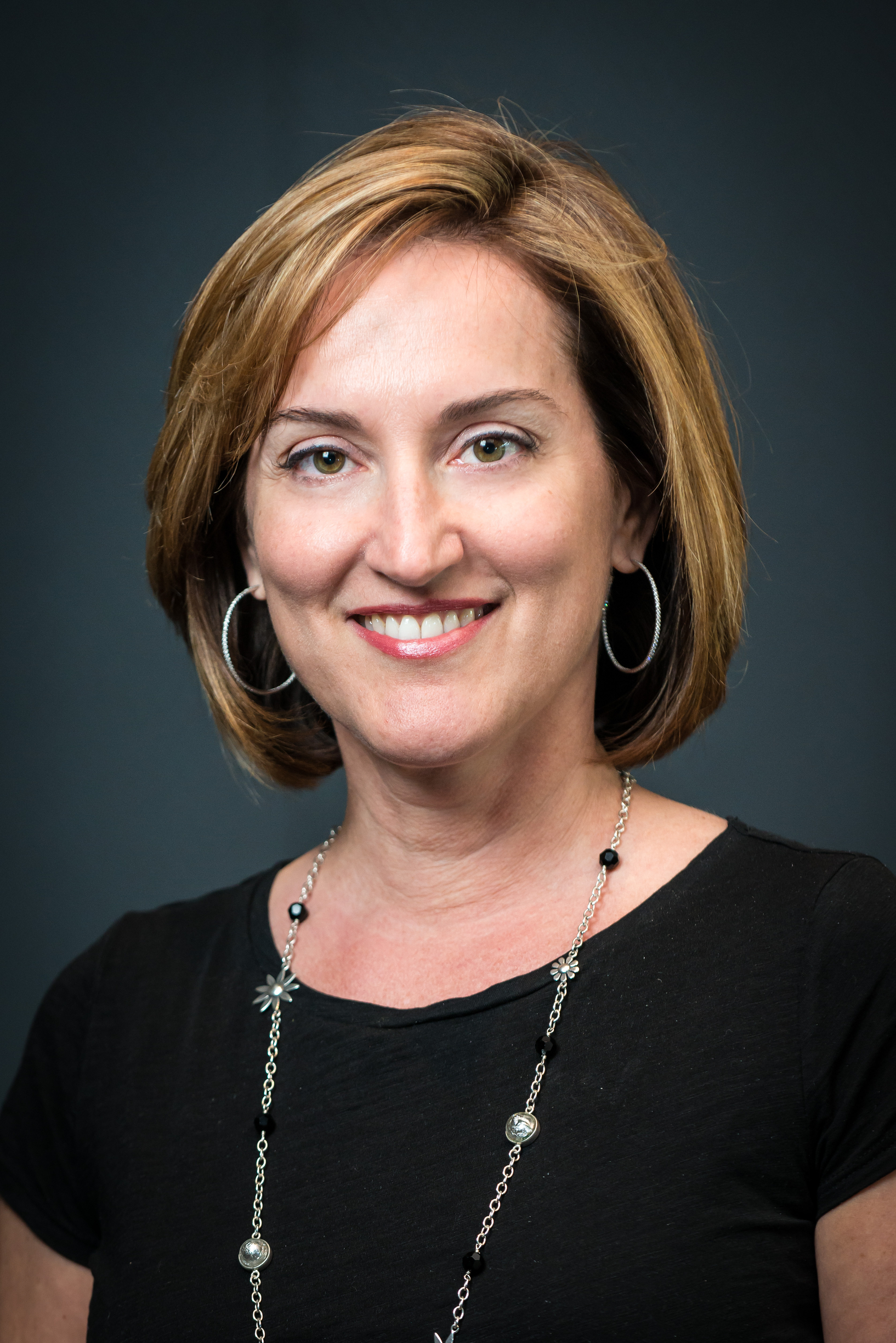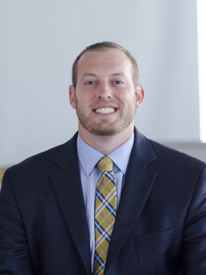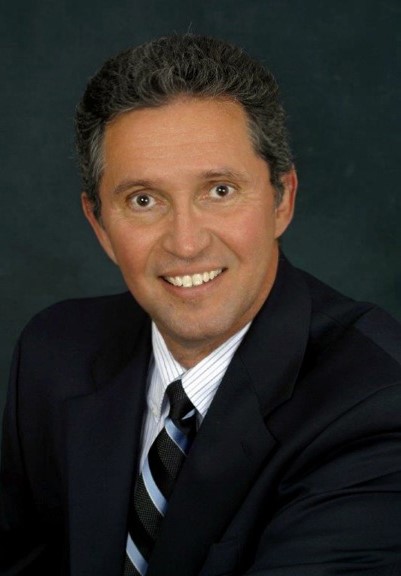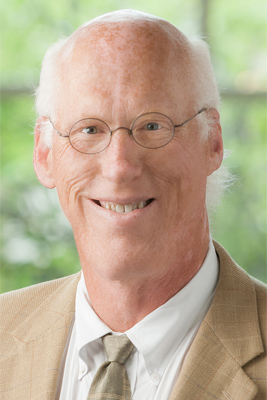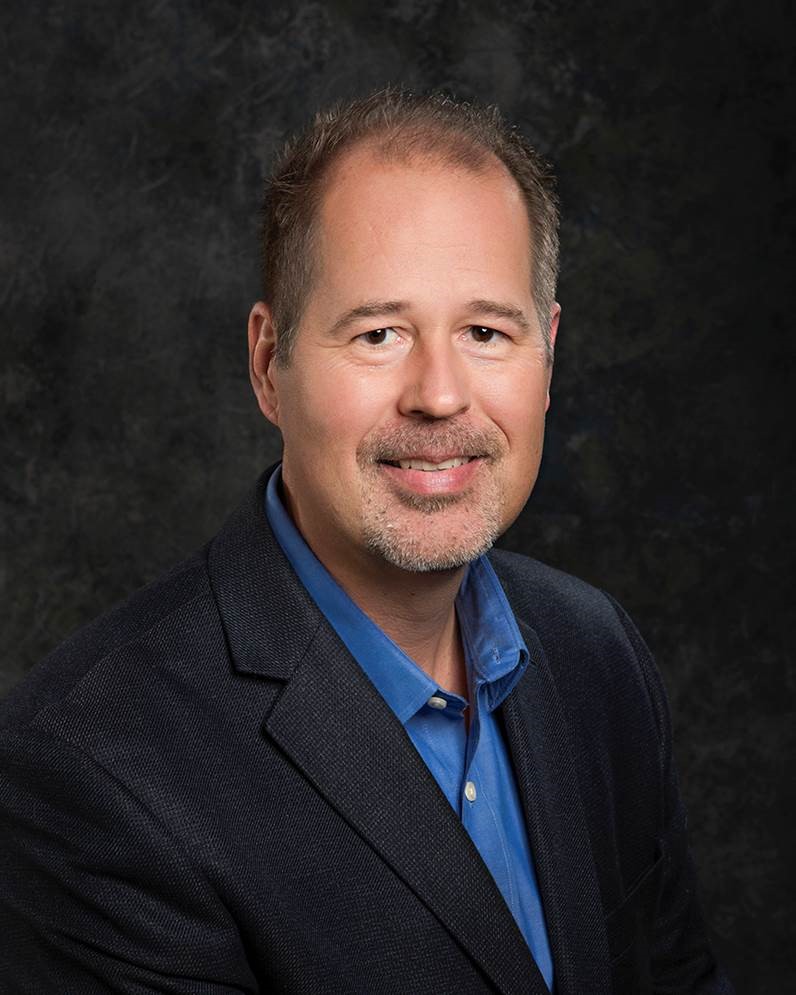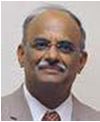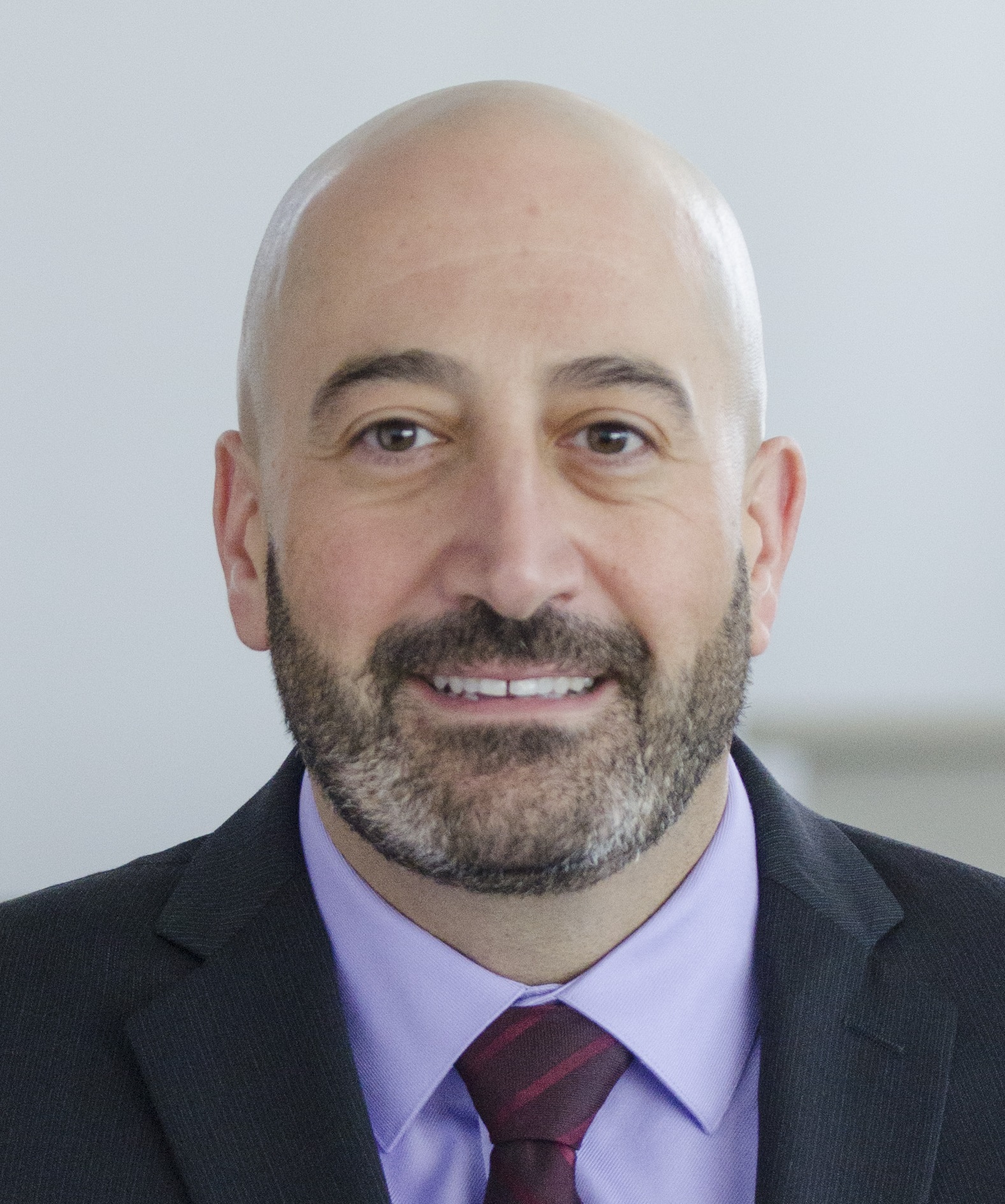Interviewed by NLA Membership Manager Brandi Rawls.
What triggered your interest in medicine?
Most of us who go into medical fields are natural rescuers. As a little girl, I filled up drawers in my house for broken popsicle sticks, rocks and other inanimate objects that looked broken or old – infirmaries in every drawer – my poor mother.
What motivates you to continue your career in medicine?
Article By:
The Southwest Lipid Association (SWLA), Chapter of the National Lipid Association (NLA), met in Phoenix, AZ during the Spring Clinical Lipid Update. A major theme the SWLA is focusing on is getting more involvement and engagement of members in a team based approach. Clinical lipidology is a growing field but can sometimes feel quite lonely with so few of us in the specialty of clinical lipidology.
Article By:
Mr. P is a 63-year-old male with a known history of coronary artery disease (CAD) who developed chest pressure and tightness while riding his motorcycle in the White Mountains in Northern Arizona. Since there wasn’t much traffic, he continued to ride but soon began to feel clammy and nauseated. Fortunately, he was able to get to the next town and went to the local hospital, where he underwent cardiac evaluation. He was found to have non-ST-segment elevation-acute coronary syndrome.
Article By:
Clinical Question: What are the common hypoglycemic agents that can affect lipid parameters and which parameters are effected?
Article By:
As clinical lipidologists, we long have aspired to treat the most common cause of mortality, atherosclerotic cardiovascular disease (ASCVD).
Article By:
Since loss-of-function mutations in proprotein convertase subtilisin-kexin type 9 (PCSK9) were found to be associated with reduction in low-density lipoprotein cholesterol levels (LDL-C) and coronary events1, there has been great anticipation of the development of effective therapeutic agents to inhibit PCSK9. Two monoclonal antibodies to PCSK9, alirocumab and evolocumab, became commercially available in the U.S. in summer 2015.
Article By:
It was around 1900 when Rudolf Virchow noted that the artery walls of patients dying of occlusive vascular disease contained a yellowish fatty substance. The word chosen to describe this pathological condition was the Greek word for porridge, atheroma. This material later was identified to be cholesterol.
Article By:
President, Southwest Lipid Association
Associate Medical Director, Disease Management and Adult Primary Care
Colorado Springs Health Partners
Adjunct Associate Professor of Family Medicine and Community Preceptor
University of Colorado, Department of Family Medicine
Colorado Springs, CO
Diplomate, American Board of Clinical Lipidology
“None of us, including me, ever do great things. But we can all do small things, with great love, and together we can do something wonderful.”
– Mother Teresa
Article By:
The evaluation and management of dyslipidemia has advanced in recent years. Dyslipidemia is one of the major contributors of atherosclerotic cardiovascular disease (ASCVD). According to the Centers for Disease Control and Prevention statistics, about 33.5% of adult Americans have elevated low-density lipoprotein cholesterol (LDL-C).
Article By:
Board-certified in Internal Medicine
Staff internist, Peak Vista Community Health Centers
Medical director, Cardiovascular Risk Clinic PVCHC
Assistant clinical professor, Department of Medicine
University of Colorado School of Medicine
Diplomate, American Board of Clinical Lipidology
Pharmacist
Peak Vista Community Health Centers
Colorado Springs, CO
Pharmacist
Peak Vista Community Health Centers
Colorado Springs, CO
Pharmacist
Peak Vista Community Health Centers
Colorado Springs, CO





.jpg)
.png)













